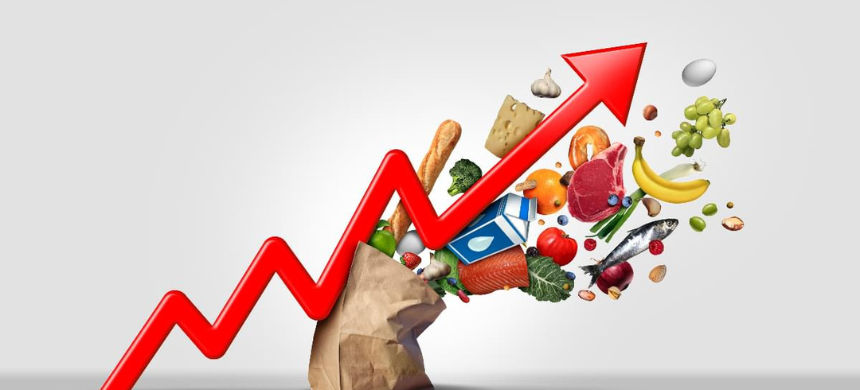Over the past 16 years, inflation in Pakistan has steadily eroded household budgets, particularly affecting the cost of daily essentials. Despite government claims of managing inflation, the reality on the ground paints a different picture, with rising prices making it more difficult for families to manage their daily expenses.
How Trade and Import Trends Affect Inflation
According to the Pakistan Bureau of Statistics (PBS), Pakistan faced a trade deficit of around PKR 517.9 billion (USD 1.83 billion) in December 2023. While exports saw a slight increase, imports remained significantly higher, leading to ongoing economic pressures. The depreciation of the Pakistani Rupee against the US Dollar has only worsened import costs, further inflating prices for essential goods.
The government’s recent efforts to stabilize the Rupee and reduce fuel prices have had limited success in controlling inflation, with food prices continuing to climb. Targeted economic policies are needed to address the urban-rural divide and curb the rising cost of food.
The Period from 2008 to 2012
Inflation reached alarming levels between 2008 and 2012, with the 2008-09 fiscal year seeing a 12.35% inflation rate, driven by soaring global fuel prices. Prices of staple food items like wheat, sugar, and cooking oil surged by over 20% during this period, impacting the affordability of everyday essentials.
Rising Food Prices
Food inflation has consistently been a major factor driving overall inflation in Pakistan. Items like tomatoes and onions, once considered affordable, became luxury items as their prices spiked due to poor harvests, supply chain issues, and import difficulties. For instance, between July and December 2022, staple items such as flour, cooking oil, and sugar saw increases of 20-30%.
By September 2024, food inflation stood at 11.5% nationwide, with urban areas feeling the most pressure. Rural areas, however, saw slightly lower rates at around 8.5%. Despite government subsidies, food inflation remained above 10% in urban regions throughout 2023, putting significant strain on household budgets.
Read More: Weekly Inflation Records a Modest Decline
Grocery Bills on the Rise
Between 2022 and 2024, grocery bills have surged, particularly for staple items. The rise in prices of food items like flour, cooking oil, and sugar has made it harder for families to stretch their budgets. According to data, food price increases from July to December 2022 were particularly steep, with staple items witnessing up to 30% increases in price. Even in 2024, food inflation remains high, particularly for essentials like rice and vegetables.
Recent Inflation Dynamics (2019-2024)
From 2019 to 2024, inflation has disproportionately affected urban areas. For example, in July 2019, urban inflation reached 8.47%, while rural inflation was 6.92%. By August 2023, urban inflation had risen to 12.9%, while rural areas saw a lower rate of 10.5%. This disparity highlights the higher cost of living in cities and the added burden of inflation on urban households.
As of September 2024, food inflation in urban areas is at 11.5%, with staple foods such as rice and vegetables contributing significantly to the rise in prices.
Conclusion
The persistent rise in food and utility prices continues to drain household budgets, particularly in urban areas. While the government has introduced subsidies and policy measures, inflation remains a major challenge. Targeted reforms in trade policies, agricultural support, and subsidies are urgently needed to help alleviate the financial pressure on Pakistani families and address the ongoing economic instability.











